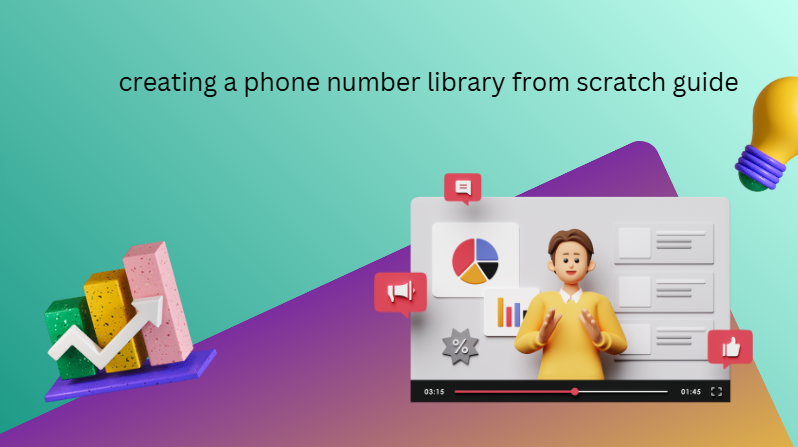Planning Your Phone Number Library Structure
Before diving into the technical aspects, planning your phone number library’s structure is crucial. Begin by determining what types of information you want to store alongside phone numbers. Common fields include the phone number library contact’s full name, phone number, email address, physical address, company affiliation, and notes. Think about whether your library needs to support multiple numbers per contact, different categories (e.g., family, work, emergency), and search functionalities. A well-thought-out schema will ensure that your phone number library remains scalable and easy to maintain over time.

Choosing the Right Tools and Technologies
Selecting the appropriate tools and technologies will largely depend on your intended use case and technical expertise. For simple personal use, spreadsheet programs like Microsoft Excel or Google Sheets may suffice, offering ease of entry, sorting, and filtering. For more advanced or business needs, consider database management systems like MySQL, PostgreSQL, or NoSQL solutions such as MongoDB. If you are a developer, building a custom application using programming languages like Python or JavaScript with frameworks such as Django or Node.js can provide enhanced control and automation. Additionally, integrating APIs for validation or messaging can add powerful functionalities.
Data Collection and Entry Best Practices
Efficient data collection and entry are critical for the accuracy and usefulness of your phone number library. Establish standardized input formats to avoid inconsistencies — for example, always storing phone numbers in an international format (e.g., +1-555-123-4567) to ensure uniformity and facilitate integration with other systems. Use validation tools to check the format and validity of numbers during input, which reduces errors and duplicates. Moreover, consider creating user-friendly interfaces or forms that guide users through the input process, minimizing manual mistakes and speeding up data entry.
Maintaining and Securing Your Phone Number Library
Once your phone number library is established, ongoing maintenance and security are vital to keep your data reliable and protected. Regularly update contact information to reflect changes, remove duplicates, and back up your data to prevent loss. Implement access controls and encryption if your library contains sensitive or personal information, especially for business or customer databases. Additionally, document your procedures for adding, modifying, and deleting entries so that your phone number library remains consistent and secure over time. With proper care, your phone number library will serve as a valuable resource for communication and organization for years to come.